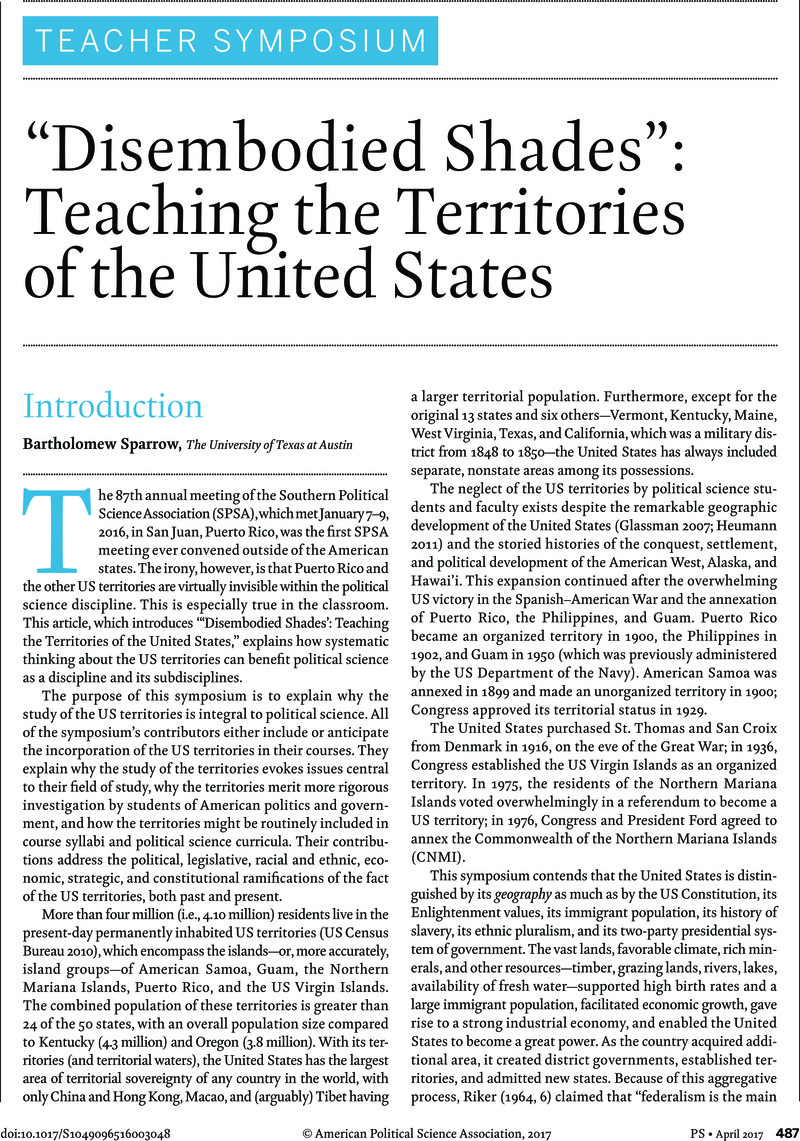Crossref Citations
This article has been cited by the following publications. This list is generated based on data provided by Crossref.
Sabin, Jerald
2023.
What is a territory? Comparative federalism and state formation in North America.
Territory, Politics, Governance,
p.
1.



